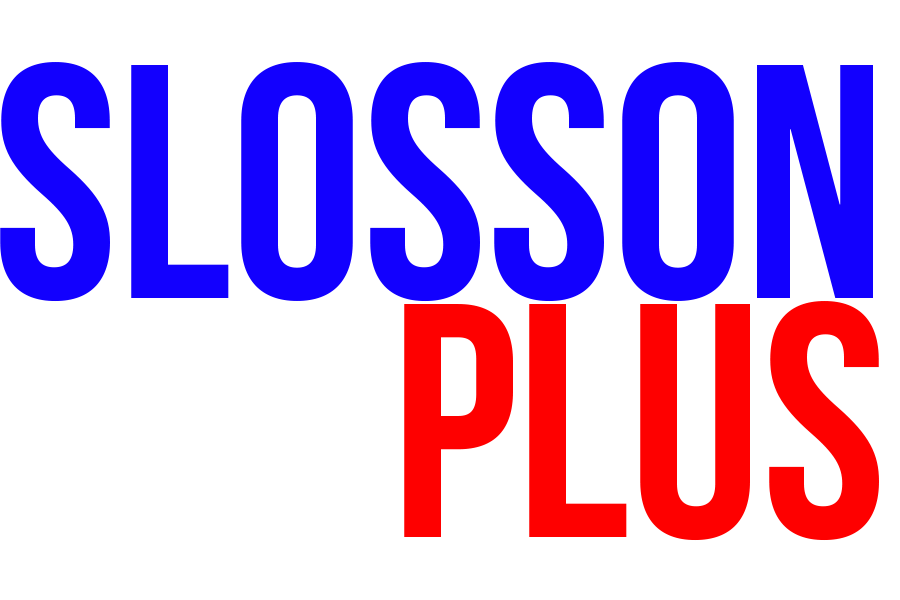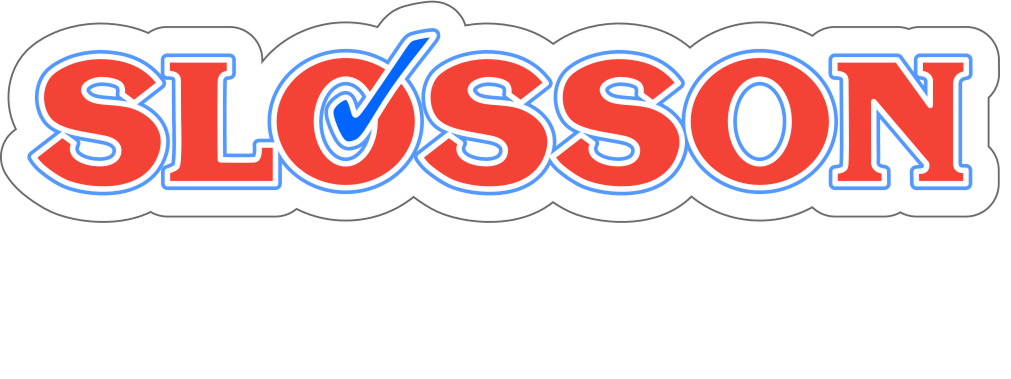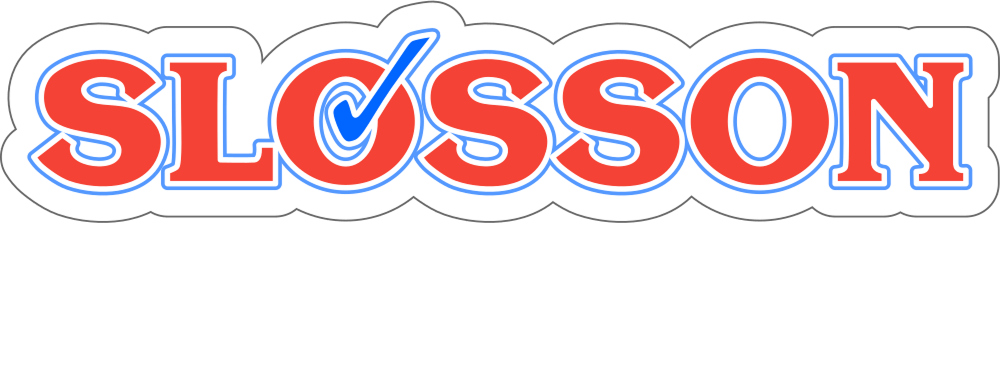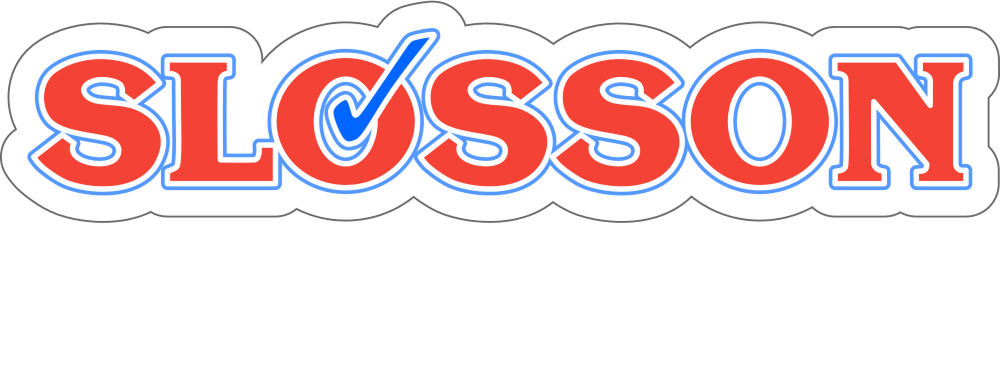Intelligence / Executive Functioning
We provide a wide range of helpful products to assist educators, psychologists, counselors, and more.
Slosson Intelligence Test (SIT-4)
Every professional can profile an individual's mental ability using this quick, reliable screening measure of cognition for children and adults, including those who are visually impaired or blind. Used widely in schools, institutions, hospitals, and corrections, the SIT-4 yields a Total Standard Score, charts category standard scores, and compares ability to achievement; when GE scores are below expected achievement levels.
Slosson Intelligence Test - Revised (SIT-R3)
The Slosson Intelligence Test - R3 provides a quick, reliable index of intellectual ability in children and adults, including those who are visually impaired or blind. Widely used in schools, clinics, and industry, the SIT-R3 has been designed to be used by a vast variety of educational administrators. Administrators specifically considered in this revision include teachers, principals, guidance counselors, special education and learning disability teachers, psychologists, psychometrics, and social workers who often need to evaluate an individual's mental ability.
Slosson Intelligence Test - Revised Third Edition Combo Kit with Profile Analysis for Children and Adults
(SIT-3-1P)
The Combo Kit includes the SIT-R3 along with the Profile Analysis (PA). Profiling the SIT-R3 was made possible because of the strengthening of each subdomain, allowing for the creation of Verbal Indices Category Standard Scores and Total Standard Scores (TSS). These standard scores can then be compared to the WISC-III Verbal VIQ. In addition, teachers may then compare ability and achievement using SIT-R Standard Scores and Standard Sores from any achievement test having grade equivalents/percentiles for reading, math, or spelling.
Slosson Intelligence Test - Original Edition (SIT)
The SIT has been a standard in intelligence screening for over 30 years. In addition to being one of the few measures assessing the infant, toddler, and preschool years (two and above), it can also be used with Severely/Profound Mentally Challenged populations because its IQ scales range from 10 to 164. The SIT is to be administered verbally and can be used by psychologists, guidance counselors, special educators, learning disabilities instructors, remedial reading teachers, and others who often need to evaluate an individual's mental ability.
Slosson Intelligence Test - Primary (SIT-P)
The SlT-P is a brief standardized screening test of children's intelligence. It is not just a lower extension of the SIT and SIT-R, but includes both Verbal and Performance items to give a balanced measure of a child's cognitive ability.
Slosson Full-Range Intelligence Test (S-FRIT)
The Slosson Full-Range Intelligence Test is a reliable, individual screen that give a balanced measure of Verbal/Performance/Memory cognitive assessments. It differentially screens Nonverbal from Verbal abilities even when language skills are limited. The S-FRIT gives a quicker assessment and provides more information than any other brief intelligence test on the market.
Stanford-Binet Intelligence Scales - Fifth Edition
The SB5 is a collection of 10 subtests, providing Nonverbal, Verbal, and Full Scale IQ scores and other diagnostic indexes, offers highly reliable assessment of intellectual and cognitive abilities, based on a large normative sample of 4,800 individuals, ages 2 to 85+. The SB5 provides a comprehensive profile of scores to document the cognitive strengths and weaknesses of children, adolescents, and adults with learning difficulties, delays, and disabilities.
Stanford-Binet Intelligence Scales for Early Children
Valid and reliable assessment of intellectual functioning is an important need in many assessment practices, and the Early SB5 provides a psychometrically superior, accessible, and cost-effective test of intelligence for use with young children.
Reynolds Intellectual Assessment Scales - Second Edition (RIAS-2)
The RIAS-2 assesses both verbal and nonverbal intelligence. Verbal intelligence is assessed by measuring verbal problem solving and verbal reasoning, which uses acquired knowledge and skills. Nonverbal intelligence is assessed by measuring reasoning and spatial ability using novel situations and stimuli.
Wide Range Intelligence Test (WRIT)
The WRIT is highly reliable assessment of cognitive abilities that provides an estimate of cognitive ability for psychiatric or vocational rehabilitation evaluations; it also helps to identify learning disabilities, intellectual disabilities, giftedness, neuropsychological impairments, and other exceptionalities. Taking less than 30 minutes to administer, the WRIT assesses both verbal and nonverbal abilities, yielding a verbal IQ and a visual IQ, which generate a General IQ when combined.
Kaufman Brief Intelligence Test - Second Edition
(KBIT-2)
The KBIT-2 is a brief, individually administered measure of verbal and nonverbal cognitive ability that can screen for gifted students, get a quick estimate of intelligence in institutional settings (such as prisons, group homes, rehabilitation centers, and mental health clinics), and reevaluate individuals previously given a comprehensive IQ test.
Kaufman Assessment Battery for Children - Second Edition Normative Update
(KABCIINU)
The KABC-II NU updates the normative data for the existing KABC-II product. It maintains the strength of the current product while providing updated normative information that reflects the changing population of children in the United States.
Children's Organizational Skills Scale (COSS)
Designed to help an assessor understand how children organize their time, materials, and actions to accomplish important tasks at home and school. It quantifies the organizational skills of children aged 8 to 13 based on ratings from parents, teachers, and the child.
Leiter International Performance Scale - Third Edition (Leiter-3)
The Leiter-3 evaluates nonverbal cognitive, attentional and neuropsychological abilities, and targets "typical" as well as "atypical" children, adolescents, and now adults. Its engaging, nonverbal format makes it ideal for use with individuals with Autism and Speech/Language Disorders, as well as those who do not speak English.
Pictorial Test of Intelligence - Second Edition (PTI-2)
The PTI-2 is an objectively scored, test of general intelligence for both normal and disabled children. Its unique application is for children with physical disabilities who cannot produce responses required by most conventional tests of intelligence (e.g, speaking, writing, manipulation of objects, and pointing). The PTI-2 will be especially helpful when used children who have difficulty with fine motor skills or speech-language problem.
Comprehensive Test of Nonverbal Intelligence - Second Edition (CTONI-2)
Ideal for children and adults whose performance on traditional intelligence tests might be adversely affected by language or motor impairments, the CTONI-2 is a completely nonverbal assessment (requires no oral responses, no reading/writing, and no object manipulatives). The CTONI-2 is particularly appropriate for people who are bilingual, non-English speaking, socially or economically disadvantaged, deaf, language disordered, or physically limited. The test requires no oral responses, no reading or writing, and no object manipulation. All the examinee has to do is point to his or her selected response.
Test of Nonverbal Intelligence - Fourth Edition (TONI-4)
The Test of Nonverbal Intelligence - Fourth Edition is a practical, easy to use, norm-referenced instrument that measures an individual's intelligence. The administration and response format are pragmatic with simple oral instructions, requiring test takers to answer only with simple but meaningful gestures such as pointing, nodding, or blinking. This test is ideal for those who have language, hearing, or motor impairments, or are no familiar with mainstream American culture, Data was collected from a normative sample of 2,272 people residing in 33 states.
Primary Test of Nonverbal Intelligence (PTONI)
The Primary Test of Nonverbal Intelligence (PTONI) is a theoretically sound, research-based method of assessing reasoning abilities in young children. It is unbiased, quick, accurate, and cost-efficient. Testing takes approximately 5 to 15 minutes. Minimal oral directions and a pointing-response format make it one of the simplest and easily understood of all nonverbal intelligence tests designed for young children.
Universal Nonverbal Intelligence Test - Second Edition (UNIT-2)
With an entirely nonverbal administration and response format, the UNIT2 assesses intelligence, regardless of the student's language skills, hearing cultural background, or English proficiency. Its six subtests include Symbolic Memory, Nonsymbolic Quantity, Analogic Reasoning, Spatial Memory, Numerical Series, and Cube Design.
Comprehensive Executive Function Inventory (CEFI)
The CEFI is a comprehensive evaluation of executive function strengths and weaknesses that uses standard scores to compare the youth to a nationally representative norm group. This information can ultimately be used to guide assessment, diagnosis, and treatment planning. The CEFI is also useful in a variety of research contexts and can be used as an effective tool to evaluate the success of an intervention program. The CEFI is intended for use by professionals such as psychologists, school psychologists, clinical social workers, physicians, counselors, psychiatric workers, and pediatric/psychiatric nurses.
Schubert General Ability Battery (GAB)
The GAB is designed to measure an individual's cognitive ability yielding IQ Equivalents (low/average through very superior/gifted). The test will differentiate individual abilities: high school vs. college and occupational levels - factory, office, engineers, and executive personnel. Professionals have used the GAB to heighten achievement, shorten training time, and reduce drop-out rates by avoiding advancing an individual whose cognitive abilities are below situational demands.
Wide Range Assessment of Memory and Learning - Second Edition (WRAML-2)
The WRAML-2 is a standardized instrument that allows the user to evaluate an individual's memory functioning. The WRAML-2 provides evaluation of both immediate and delayed memory ability, as well as the acquisition of new learning. Like the original WRAML, the WRAML-2 includes standard scores, scaled scores, and percentiles. Age equivalents are provided for the child and pre-adolescent age groups.
WISC-IV Compilation
(WISC-IV)
Here is the latest update of this popular educator's guide to understanding WISC-IV results and applying that information in the classroom. The WISC-IV Compilation helps educators respond to deficits identified by WISC-IV and write useful individual education plans (IEPs). The text is organized according to the four WISC-IV Indices: Verbal Comprehension, Perceptual Reasoning, Working Memory, and Processing Speed. In addition, remedial objectives and related materials and activities are listed for each subtest, for grade levels K through 12.
Educational Applications of the WISC-IV (WISC-IV)
Translate WISC-IV results into classroom teaching strategies. You can record the quality of responses and language, internal and external subtests scatter, and behavior displayed during administration of each subtest. The final section, a teacher's guide, presents remedial recom mendations and materials. Educational Applications of the WISC-IV is also available on CD.
Match This!
Match This! is a multi-dimensional/multi-cultural game that can be used in regular and specialized settings. It can be used for verbal and nonverbal individuals with 2 or more players. Match This! uses a grid gameboard and 5 color decks of pictures to match, classify, and name. Decks include: Categories (food, clothes, colors, animals, vehicles), Actions, Feelings, Holidays, and Shapes. Various combinations of cards are described in the manual.






